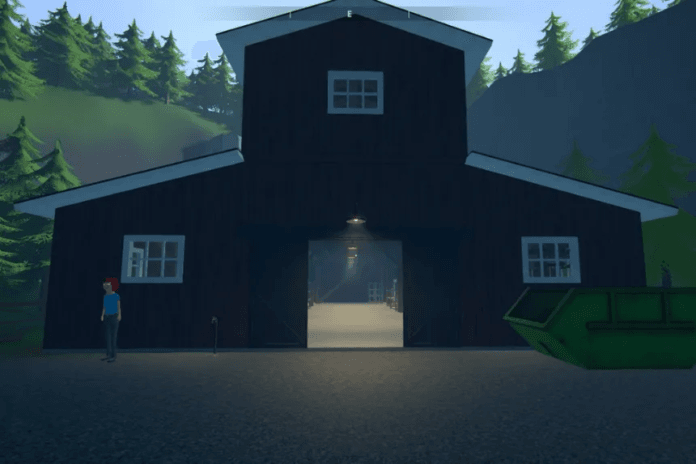The following details outline a highly efficient, semi-automated cocaine production setup within a “Schedule 1” context, focusing on maximizing output with minimal manual intervention in a dock warehouse and barn environment. This system, while not fully autonomous due to inherent limitations, aims for near hands-free operation across coca plant cultivation and cocaine processing stages, making it suitable for large-scale endeavors.
How to Fully Automate Dock Warehouse
This dock warehouse and barn setup is one of the most efficient semi-automated cocaine production builds currently achievable in Schedule 1. While some manual tasks remain, the majority of the system runs hands-free, making it ideal for large-scale operations.
Phase 1: Coca Plant Production Setup
Staffing Requirements
- 8 Botanists
- 1 Cleaner
Warehouse Layout
- Storage & Beds:
- Overflow storage racks repurposed from a dismantled meth lab.
- Four soil storage racks.
- Eight drying racks for dried leaves, each paired with a dedicated output rack.
- A total of 24 growing pots.
- Sleeping quarters set up for all workers with a few spare beds included.
- Overflow storage racks repurposed from a dismantled meth lab.
Automation Steps
- Assign Botanists:
- Each botanist is assigned to one soil supply rack.
- Three pots are designated to each botanist to maintain efficient workload distribution.
- Each botanist is assigned to one soil supply rack.
- Growing & Drying Workflow:
- Each group of three pots is linked to a specific drying rack.
- Botanists are assigned to their corresponding drying racks, ensuring harvested cocoa leaves are automatically transferred for drying.
- Each group of three pots is linked to a specific drying rack.
- Drying Rack Configuration:
- All drying racks are set to “Quality: Gold”.
- Dried leaves are then routed to the storage racks beside each drying unit.
- All drying racks are set to “Quality: Gold”.
- Cleaner Setup:
- The cleaner is assigned to manage three strategically placed bins that cover the entire workspace, ensuring cleanliness and efficiency.
Phase 2: Cauldron Cooking in the Barn
Required Equipment
- 8 Cauldrons
- 8 Labs
- 22 Storage Racks (Including overflow and future-proofing for brick pressing)
Staffing Requirements
- 8 Chemists
- 2 Handlers
Each chemist is assigned to:
- One cauldron
- One lab station
- One nearby bed
This one-to-one assignment maximizes processing speed and minimizes walking distance.
Handler Logistics
- Two handlers are used to transport gasoline from four large storage racks to the cauldrons.
- Each handler is assigned multiple routes to ensure all cauldrons receive the necessary fuel supply.
Production Routing
- Cauldron to Lab:
- Each cauldron is linked to the nearest lab station to streamline the transfer of processed cocoa paste.
- Each cauldron is linked to the nearest lab station to streamline the transfer of processed cocoa paste.
- Lab to Storage:
- Lab output is directed to designated storage racks.
- Overflow racks are placed nearby for manual transfer when necessary.
- Lab output is directed to designated storage racks.
Limitations & Optimization Ideas
- Worker Limit: With a cap of 10 workers in the barn, full automation is limited. To improve this:
- Chemists could potentially be assigned to multiple stations to free up space for additional handlers.
- Additional handlers could automate overflow transfers.
- Chemists could potentially be assigned to multiple stations to free up space for additional handlers.
- Manual Tasks:
- Gasoline restocking is not automated but rarely needed due to the low consumption rate.
- Overflow storage management and final mixing processes are still manual but may be optimized in future builds.
- Gasoline restocking is not automated but rarely needed due to the low consumption rate.

